As I mentioned before, I wanted to compare the N900 I’m testing to the E71 I’m currently using as my main phone. While the Nokia N900 blog has already done a comparison of the technical specs of the N900 with the E72 and so has Blog Giraffe; and while for the most part, the comparison holds true for the E71; there are some differences, particularly with the camera, and neither went into too much qualitative detail of how the comparison holds up in day-to-day usage, and as we all know, winning in tech specs on paper doesn’t always translate to being a better device in real life.
For example, bootup speed. The tech specs say the E71 should take longer to get from cold to ready with it’s ARM11 processor clocking in at 369MHz to the N900’s 600MHz. In practice, however, the N900 from turn-on to entering the PIN takes 23 seconds versus 25 for the E71; but from turn-on to ready to being ready to make/receive a call, both phones take an almost identical time of 50 seconds (to within a second). So let’s look at the devices in real life usage.
The quality of the screen is far lower on the E71. For icons and the like, it’s not something you’d notice, but for any kind of complex graphic (like an image), and especially when looking at both screens side-by-side, it’s very obvious that the N900 is far superior to the E71 here.
In terms of ease of use… well, I’m not yet quite ready to call that one. The N900 feels more awkward for tasks common to both phones like making phone calls, or twittering; but I’m not fully used to the N900 yet, it’s hampered by the problem I’m having with it with bug 6063 (more on that later) and it uses different twitter clients (Gravity on the E71 is far more polished than Witter on the N900 at the moment; however that probably will change with more development time). Overall, it feels more like the E71 is more autonomous as a device, while the N900 is more reactive; but I want a few more days to get used to the N900 to be sure it’s the device and not the user.
Let’s take a look at both devices side-by-side.
First off, take a look at the wear and tear. The E71 has seen about a year’s use and has lived for quite a bit of that time unprotected in a trouser pocket with a set of car keys, yet the damage has been reasonably low – a corner chipped from the ‘M’ key, some scuff marks on some other keys and the chrome at the bottom. The build quality on the E71 is absolutely excellent, flawless in fact. The N900 hasn’t seen nearly as much usage time, obviously, but the build quality is sufficiently good that there’s been no damage to speak of either (though as you can see, it has the same problem with fingerprints as the iPhone has). In terms of build quality and feel, they’re about the same, even if the N900 feels more plastic than metal. The microUSB port on the E71 is covered with a fold-back rubber cover which has constantly struck me as being a weak spot, but it hasn’t failed yet. The microUSB port on the N900 is exposed, so it’s potentially an ingress point for dirt or liquids, and there are reports of it being susceptible to mechanical failure; but as yet, it’s given me no trouble. The slide mechanism is robust, more so than on the N97. The kick stand feels a little light, but that’s about the only part that does and it’s hardly critical.
The physical dimensions from the front are just about the same, you don’t notice any real difference in height or width in practice; but depth is obviously very different with the N900 feeling far far thicker than the E71.
It’s even more evident looking at the side-by-side side view:
However, in practice, the N900 gets away with it, because of the slider design. When you’re using the phone in a way that gets your proprioceptive sense measuring the thickness of the device (ie. when your fingers are closing on it’s thickness dimesion), you’re usually using the keyboard and therefore only actually measuring the thickness of the device without the screen, and that’s only a millimetre or two thicker than the E71.
In terms of audio quality, there’s no perceptible difference. I’ve not measured receiver sensitivity or transmitter power, not having the equipment to do so properly, but in practical use in areas with known poor mobile phone reception, I haven’t found any discernible difference either.
The largest practical difference in day-to-day usage between the N900 and the E71 has so far been the camera. When I got my first cameraphone a few years ago, the camera was a pure gimmick, and I only got a cameraphone at all because I was looking for a 3G phone (as they had faster data transfer) and the cheapest one had a camera in it. However, the camera turned out to be exceptionally useful for archiving whiteboarding sessions (which is very useful for a software engineer), so when I got my next phone — and every phone thereafter — the camera became a necessary feature for work purposes.
In this regard, the E71 has been an exceptional disappointment, almost insufferably so. The 3.2 megapixel camera in the E71 gives far, far worse images than the old Sony Ericsson k750i and that phone was cheaper, older and had fewer megapixels in the sensor (2.0 to the E71’s 3.2) and the k750 had lens protection while the E71 doesn’t (which is important if your phone goes in your pocket, as most phones do – one scratch and that’s the camera rendered blind. Happily, the N900 has that lens protection). In order to compensate for the god-awful quality of the E71 camera, I had to go to eBay for a digital point-n-click camera a few months ago, the GE E1235 (with a 12.1 megapixel sensor).
So I thought I’d test all three of my currently in-use work cameras – the E71, the E1235 camera and the N900. Obviously the images have different default sizes, so I’ve resized these thumbnail images to common sizes (click on them to see the raw images); and the focus chart images were rotated through 90 degrees for readability. Beyond that, there’s been no postproduction monkey business.
First off, focus. I used the focus chart described here and took these at a range of about half a metre under natural lighting, stabilised by resting on a tripod.
The image quality from the N900 is simply astounding. It almost matches the focus sharpness of a dedicated camera with twice the resolution and a far better lens and focusing system; and it does match it (even surpasses it) for general image quality. The E71 couldn’t even focus on the card. At ranges of under a metre, I have found that this is quite common for the E71, a major hinderance when you’re trying to photograph a whiteboard and may not have much room to back up.
To show image sharpness and definition (as opposed to focusing), I used the EIA 1956 test card and the newer ISO 12233 test card from here, both at a range of one metre, steadied with a tripod under natural lighting.
In terms of image sharpness, the E1235 does actually come out on top here by a small margin, even though it’s not quite so evident in the thumbnail images. The E71 isn’t even in the running. The most obvious defect in the N900 images are the colour artifacts introduced by the moire patterns — but moire patterns aren’t often drawn on whiteboards freehand 😀
The image clarity and the colour balance in the N900 result in excellent images for the purposes I put the camera in the phone to, namely whiteboard session archival, as a practical example shows.
As is clearly evident, the N900 beats both the E71 and the dedicated E1235 camera into the ground for image clarity in practice. This is deeply impressive for a cameraphone with half the megapixels of the E1235’s sensor and none of the mechanical focussing mechanism or autofocus illumination assist. The colour balancing in the N900 is also superior, easily besting both the E71 and E1235’s results when compared to the original image as seen by the eye. This is better shown by an example of an outdoor photo taken by the N900:
While the image is slightly darker than the reality on the day, this was taken from the shade of a cherry tree, so that’s only to be expected. If I had time, I’d try taking some photos on the firing range, which is about the ultimate test for a camera (near field in near-darkness, far field in bright lighting ten metres or more away, and everything still for long periods, with intermittent millisecond-time-frame action). However, just the images above deeply impressed me, and frankly, the day a cameraphone excels in sports photography on the firing range, we’re going to be a long way past my current ability to test it!
So what’s the final comparison analysis? In terms of weight, size, screen, even battery life, the N900 and the E71 are neck-and-neck in the real world, with no real discernible difference between them. In usability terms, I can’t quite make the call yet – the E71 feels better than the N900 but I’ve been using it for over a year, so whether it’s true usability or just familiarity, I can’t tell yet. As communications devices, the N900 is in the lead because of software support; with the Symbian OS now open source, we might conceivably see that gap close for the S60 devices (though frankly I doubt it); but for the moment, the gap means that for any mobile internet application, the N900 is the clear winner. The ease of developing on it with languages like Python (and I want to blog about that shortly) mean that that gap is rapidly increasing in size, so if the S60 side is to catch up, Nokia would have to invest a lot in building the developer community there. And obviously as cameraphones, the N900 is even further ahead; this cameraphone is so good, I could leave my actual point-n-click camera at home permanently.
But…
As an actual phone, the E71 currently wins hands down, for one single reason – bug 6063. I’m going to write this up in a bit more detail, but basicly, without a hands-free kit of some sort, be it the headphones or a third-party bluetooth headset or something similar, you can’t use my N900 as a phone right now, as you just won’t be able to hear the other party and they won’t be able to hear you. Whether it’s a hardware fault on my particular unit, or whether it’s a software glitch that the next firmware upgrade will fix, I don’t know; but either way, that’s a single bug that renders a €500 phone useless as a phone. If Nokia haven’t got a team working on this full-tilt right now, I’d say it meant that they don’t have any interest in the N900 as a platform for the future, and given how strong this phone is in every other facet, that would be a terrible loss for us as consumers.
Tags: comparison, e71, free trial, n900, nokia
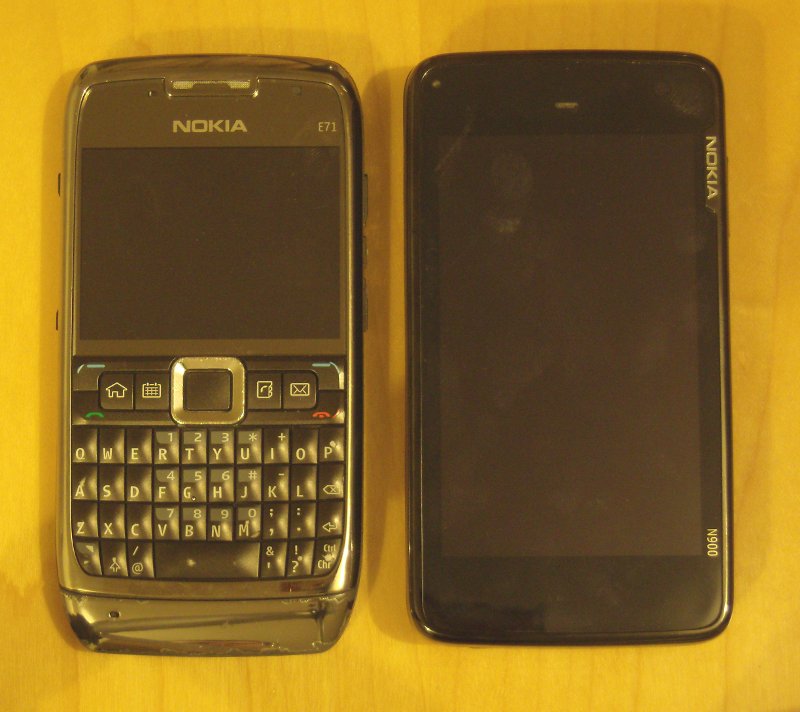
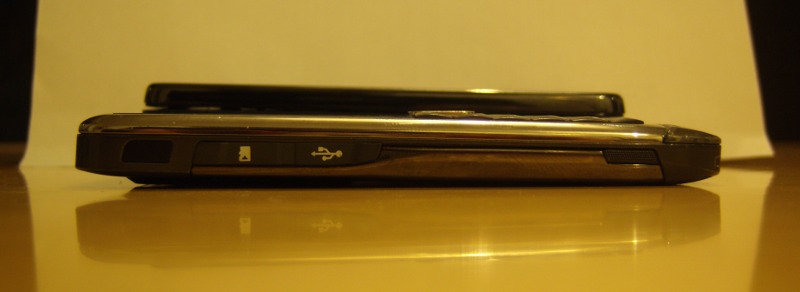

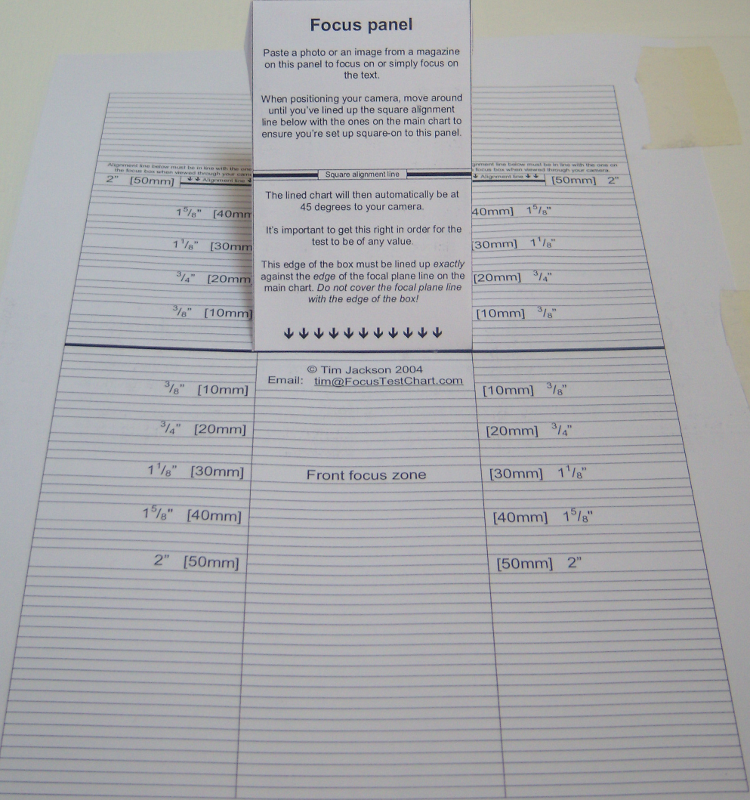
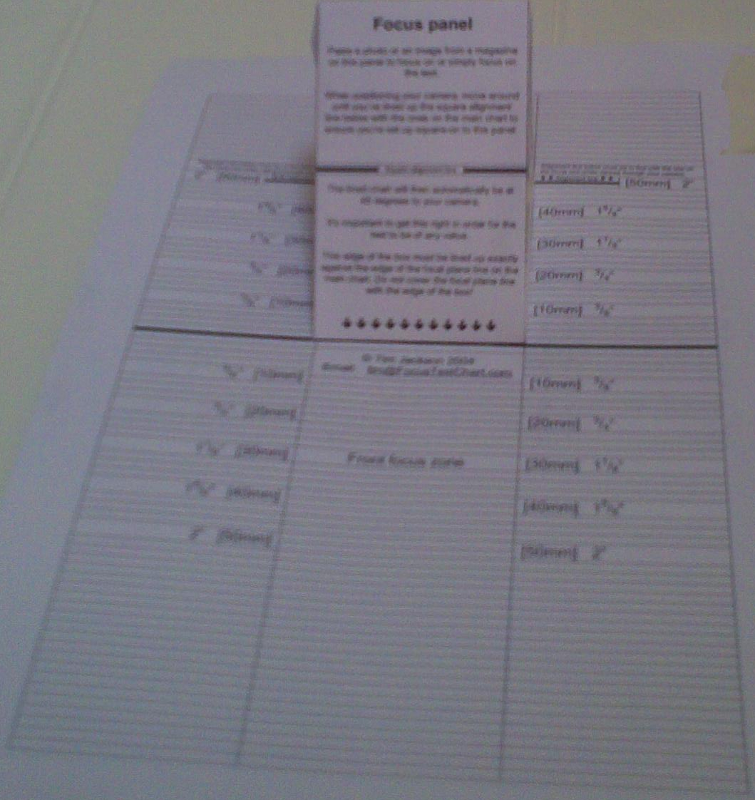
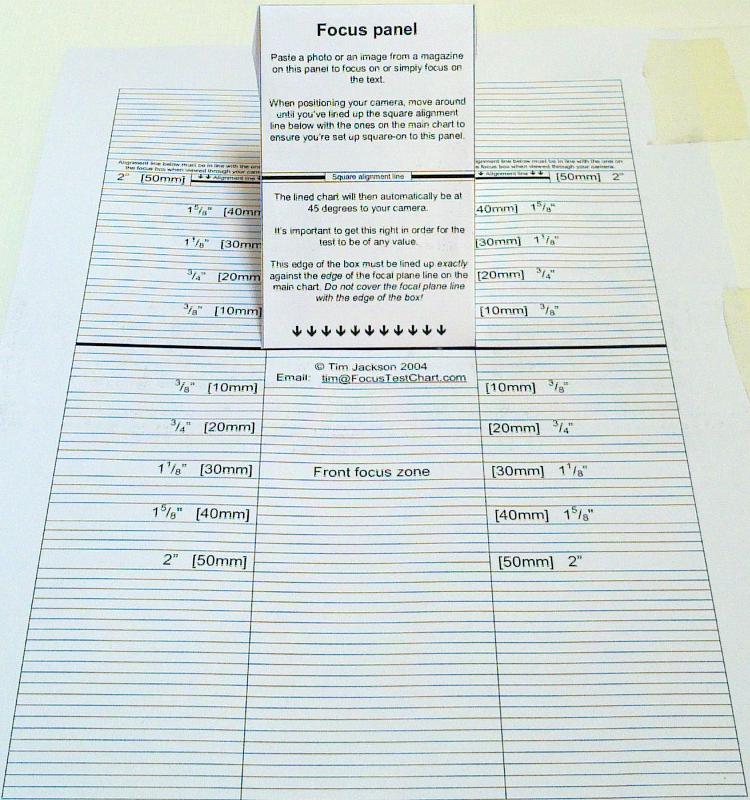
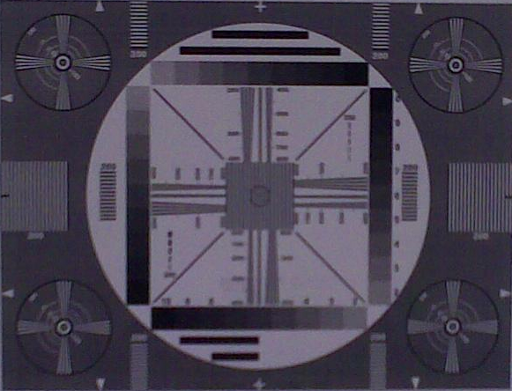
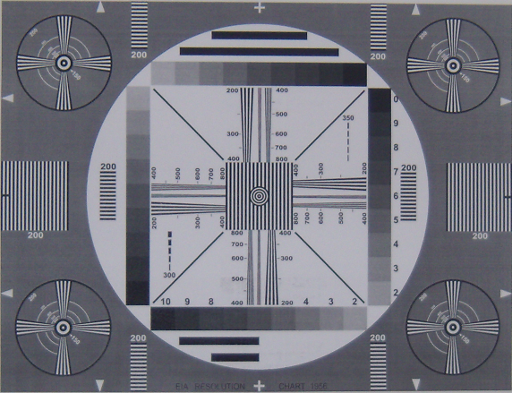
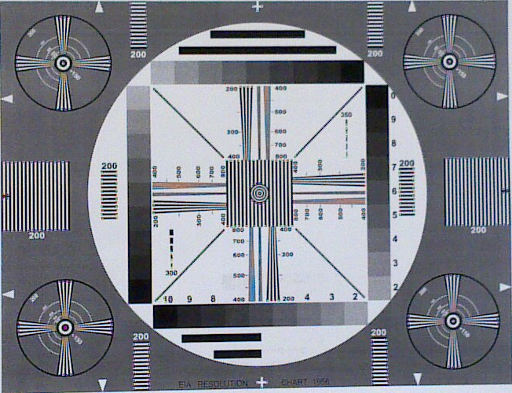
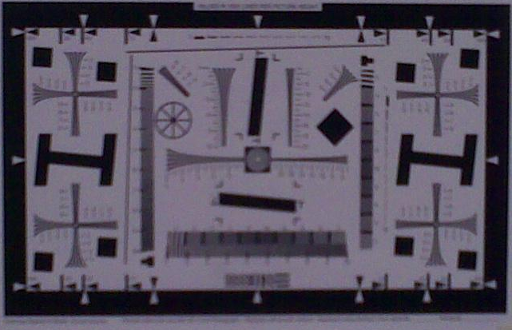
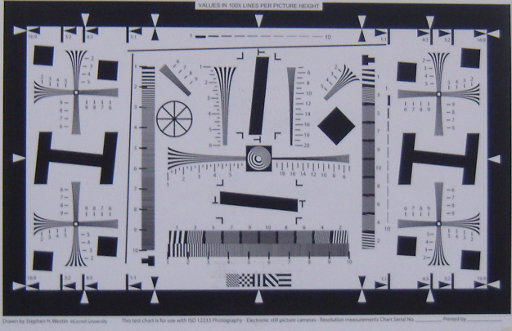
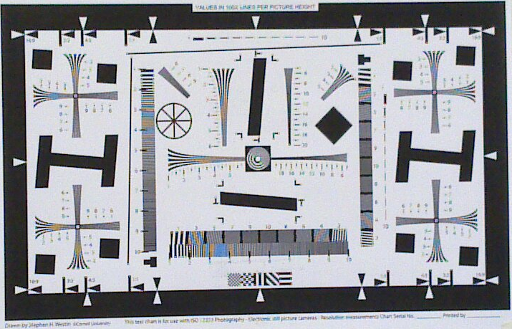
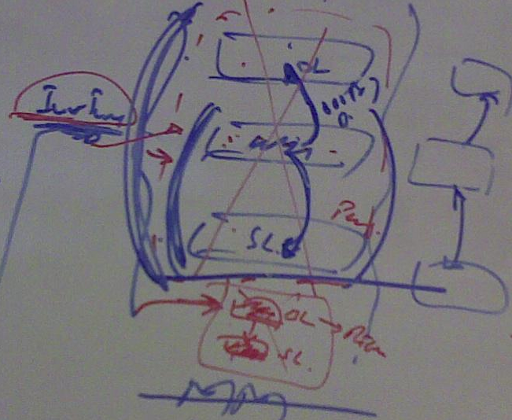
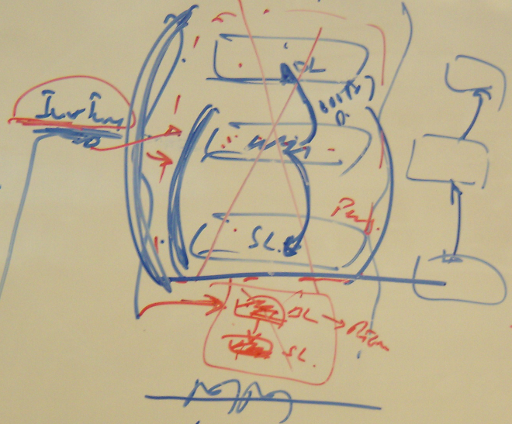
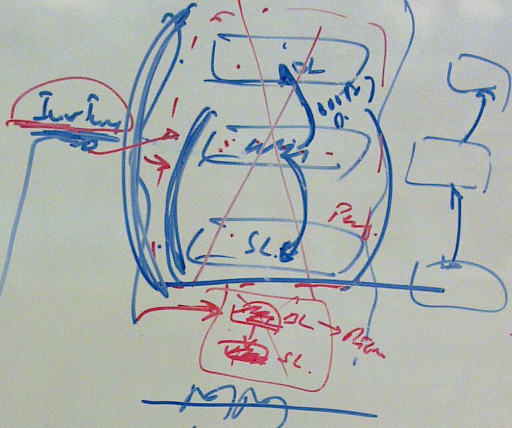


I’ve had an N900 for about a week now and have had no issues with making phone calls over GSM, Skype or even SIP. The main issues I’ve had so far:
1. No MMS. This I can live with though as the sharing functionality is very good.
2. Profile support is lacking. It would have been nice to have a profile for the car which would disable system sounds and allow only GSM calls.
3. Profile for different connections would be nice. For example, only log into certain SIP accounts from certain internet connections.
4. A better IMAP client would be nice.
In general though the phone has been a joy to use.
(Posted from my N900!)
Actually, there is an app to give you profile support, I’ve come across it at some point in the last week. I’m not sure if it has as much in-depth support as you’re looking for, but…
[…] This post was mentioned on Twitter by Bosca, Planet Python. Planet Python said: Mark Dennehy: Nokia N900 vs Nokia E71 http://bit.ly/97w4tg […]
Social comments and analytics for this post…
This post was mentioned on Twitter by bosca: Nokia N900 vs Nokia E71: Comparing the N900 to the… http://bit.ly/9KBhFT…
Thanks for the comprehensive review, it confirms my faith in my E71 !
[…] from Stochastic Geometry has posted the comparison he promised when he unboxed his N900, putting it up against his everyday device, the […]
I found that after I upgraded the E71 to Firmware 4 after I had to unlock and unbrand the thing, the image quality is far better and the Phones camera is faster and more responsive , might be something to consider.
Good comparison, I am going to wait until the market as more phones available later this year.
The E71 comparison is unfair, since it is apparent that the autofocus has not been activated. You should try to recapture the images and remember to press T (autofocus) on the E71 keyboard. You will be amazed by the difference. Otherwise a nice review!
Right K’now i am using Nokia n900. But I am not getting the Nimbuzz software in my mobile
[…] using the N9 for a few days now, and wanted to compare it to the N900 I normally use, the same way I compared the N900 and E71 before. So I’m going to go through the points of comparison from then and apply them […]